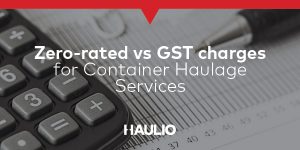All you need to know about Vehicle Plates
Prefix and Suffix
Vehicle plates are used to differentiate cars. In the past, Singapore used to have only 1 prefix to identify cars, the letter S. This eventually led to a suffix being added because of there being too many cars, and too few variations to create a vehicle plate with. It led to vehicle plates with the suffix S, followed by another letter and a few numbers. Eventually, it evolved to what it is today, a suffix followed by a prefix, 4 numbers and a check digit. But back then, it was just S96!
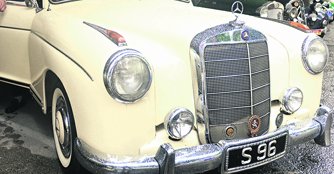
Specific Vehicle Plates
Specific vehicles has specific vehicle plate numbers!
- SBS: Buses in Singapore has their car plate numbers start with the letters, SBS.
- SEP: The official presidential car has the prefix letters of, SEP.
- PU: Imported cars from Pulau Ubin have the prefix of PU.
- SMB: SMRT buses uses this prefix!
- SJ: Cars for Judges from the Supreme Court. SJ1 is used by the Chief of Justice.
- SPF: Car for the Commissioner of the Singapore Police Force.
- LTA: Bikes operated by the Enforcement Department of the Land Transport Authority.
- MID: Vehicles operated by the Singapore Armed Forces. Up to five digits are used before this suffix. EG: 54321MID.
- MP: Vehicles operated by the Military Police Command from the Singapore Armed Forces.
- PA, PB, PC, PD, PH, PZ: These prefixes were used to separate private buses, and so on. The current prefix being issued is PD.
- RD: For cars used in Research and Development projects, such as fuel cell and electric cars.
- QX: Vehicles operated by emergency and law enforcement agencies, such as the Singapore Police Force and Singapore Civil Defence Force.
- RU: For Restricted Use vehicles that are exempted from road tax. These vehicles are only allowed within certain areas, such as motorised trams that are used to ferry visitors at the zoo.
- S, ending with CD: Vehicles used by foreign diplomats.
- TP: Bikes operated by the Traffic Police Department of the Singapore Police Force
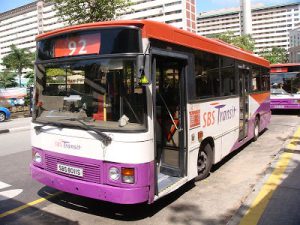
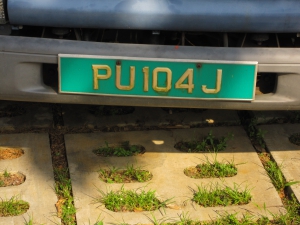
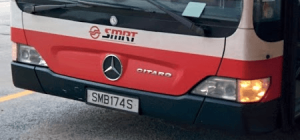
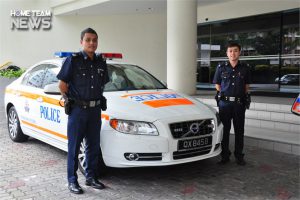
Checksum Letter
The last letter of the vehicle plate is the checksum letter. This letter is generated based on the previous characters and therefore, is used to verify the authenticity of the vehicle plate. The formula works by converting up to two letters of the prefix to numbers (A=1, Z=26). Next, each individual number is multiplied by a set of fixed numbers – 14, 2, 12, 2, 11 and 1. The results are then added together and divided by 19. The remainder will then be used to find the corresponding letter in a string of 19 (A, Y, U, S, P, L, J, G, D, B, Z, X, T, R, M, K, H, E, C), with 0=A, Y=1, etc. Take for instance, PU104 will have ‘J’ as its checksum letter.

Colours Used in Number Plates
In Singapore, number plates have different colours to indicate their different uses.
- Regular Cars:
Regular cars have a black background with white letterings or the front plate is white with black letterings and the back plate is yellow with black letterings. - Off Peak Cars:
Off Peak cars are cars that have a restriction on their usage hours. They have red colored car plates with white letterings. - Research and Development Cars:
Cars that are currently in testing and research. They have yellow and blue in the plate, separated in half diagonally. The characters are also in white. In the example below, A Renault experimental electric car RD 3073 K, one of two seen at the Renault distributor in SGP in April 2013. - Vintage and Classic cars:
The vehicle plate for vintage and classic cars will have the top half being red-ish orange and the bottom half yellow. - Pulau Ubin vehicles:
Pulau Ubin vehicles are green coloured with white letterings. They are exempted from tax and are used exclusively on the island of Pulau Ubin. - Restricted Use:
These vehicles are restricted to certain locations, such as trams in zoos that are used to fetch visitors around. These vehicles are also exempted from road tax. They are green and red that is split in half diagonally. - Hazmat Vehicles:
Hazmat vehicles have orange colored car plates. This is to indicate that it is licensed to carry dangerous cargo.
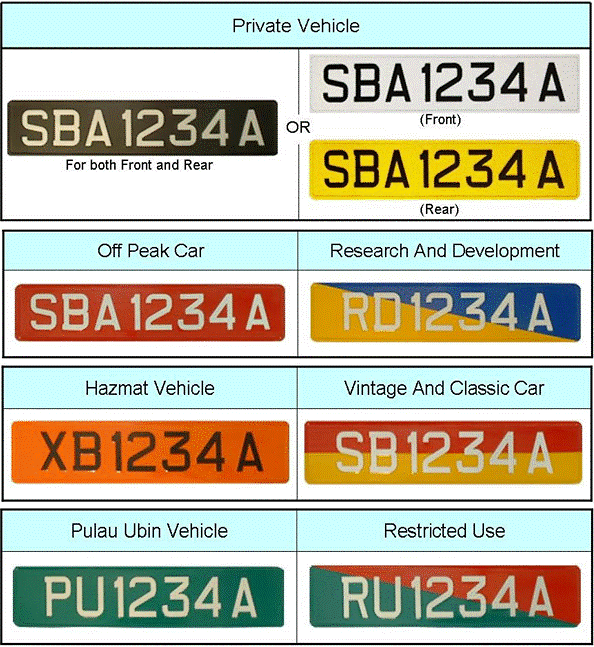
Questions?
We’re happy to help! Fill in the form below and we’ll get back to you shortly.




